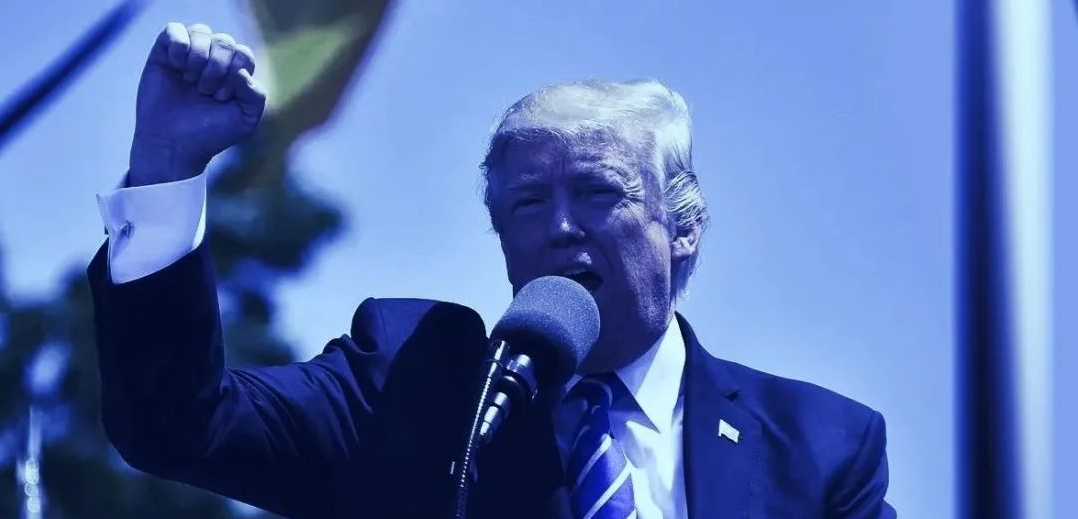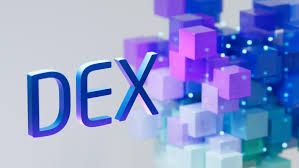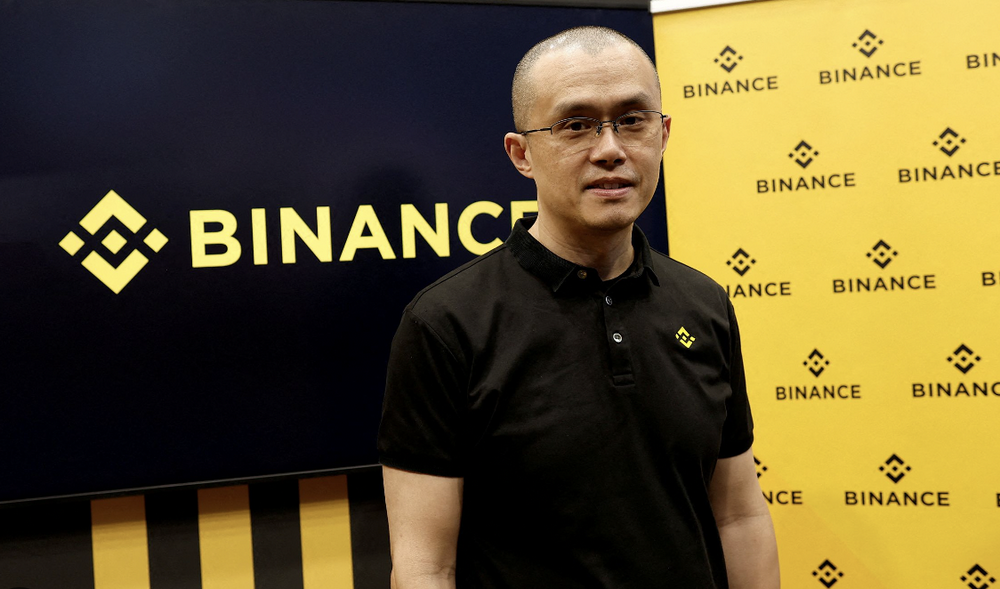Ethereum was “occupied” by USDT, with network utilization of 90%
The digital ledger capacity behind "better bitcoin" is running out.
Last week, Ethereum co-founder Vitalik Buterin issued the warning. He pointed out that for some users, the cost of processing transactions using the digital token Ethereum (ETH) on the underlying blockchain may be higher and higher.

According to the data of the tracker Etherscan.io, the network utilization of Ethereum has soared to 90%. Buterin said that as utilization rates increase, transaction costs may increase, and potential business users may be reluctant to use Ethereum.
- BTC 徘徊 "万" word area long and short into the tug of war
- Getting Started with Blockchain | Opening the "Three Locks" for Bitcoin Smart Contracts
- 0.32 dollars to buy 40 bitcoins: the currency exchange will not work hard, the regular army will come
About two years ago, with the popularity of the digital game CryptoKitties, the Ethereum network was blocked. Later, thousands of tokens issued through the ICO appeared on the network, and most of the results proved to be scams. However, recently, with the failure of most ICOs, the Ethereum space was occupied by a new “tenant”: the controversial Tether (USDT).
According to data research firm Ethgasstation.info, in the past 30 days, Tether has paid a fee of $260,000 for the Ethereum digital ledger transaction. This is about 17.5 times that of CryptoKitties and six times that of IDEX, the world's largest smart contract exchange.
The demand for Tether is growing, as the number of additional USDTs is increasing. According to CoinMarketCap.com, the market value of USDT has exceeded $4 billion, much higher than the $2.7 billion a year ago. John Griffin, a finance professor at the University of Texas at Austin, estimated in July that at least 40% of USDT is running on the Ethereum network. Coin Metrics recently said that 40% and 80% of the world's two largest crypto exchanges, Binance and Huobi, use Tether.
As Tether takes up more and more capacity, there is less room left for other developers. When Ethereum was born with a better bitcoin goal, it was sought after by enthusiasts. (Compared to Bitcoin) Ethereum has a lot of new features that allow people to automate processes and even set up autonomous companies that can run autonomously through software. But according to the tracking site DappRadar.com, most popular DApps are currently running on other digital books that compete with Ethereum.
Jeff Dorman, chief investment officer at Los Angeles-based asset management firm Arca, said that some developers are currently avoiding Ethereum and waiting for their tuning technology to increase network capacity.
“So, most likely, many developers today are waiting for this transition to complete before the Ethereum network is under development. Tether has not helped.”
Ethereum is still studying how to realize its Ethereum 2.0 vision, which requires major reforms in its technology, and some people worry that this may not work at all.
Although Ethereum currently uses miners to verify transactions – the same is true for Bitcoin – it is moving to staking mode, a completely different way of verifying transactions. Techniques such as sharding should also help, with some nodes tracking only specific transactions, not all transactions on the network. But Dorman said that this technology transformation is not guaranteed and is still in progress.
Buterin said in an email reply to Bloomberg:
“The Ethereum blockchain is almost full in a few years. I think the development application is very good, but we should consider the scalability technology, so Ethereum can withstand higher transaction costs, and this will bring further to Ethereum. The demand for growth. In the long run, the fragmentation of Ethereum 2.0 will certainly solve these problems."
According to data from etherscan.com.io, the volume of Ethereum's transactions actually fell from the peak of January 2018. According to data from BitInfoCharts.com, the average transaction cost of Ethereum is much lower than that of Bitcoin, but it is highly volatile.
Tether was launched in 2015 as a way to provide liquidity to exchanges, and many banks are reluctant to serve the exchange because of concerns about illegal use. In April of this year, the New York State Attorney's Office accused companies behind Tether of covering up losses and mixing customers and company funds.
We will continue to update Blocking; if you have any questions or suggestions, please contact us!
Was this article helpful?
93 out of 132 found this helpful
Related articles
- Twitter Featured | 300 million Telegram users will be able to trade Bitcoin, Tether is blocking the Ethereum network
- The Ethereum Foundation funds $2.46 million to developers to advance Ethereum 2.0
- Heavy | China Telecom Releases 5G Era Blockchain Smartphone White Paper
- There are only two kinds of coins in the currency circle: community coins and "community coins"
- The central bank’s digital currency is eager to internationalize, and the sword refers to the pricing power of digital assets.
- Viewpoint | IEO is moving towards death, and the blockchain financing model is imminent!
- Weekly-level volatility is coming to an end, paying attention to long-term opportunities in mainstream currencies






